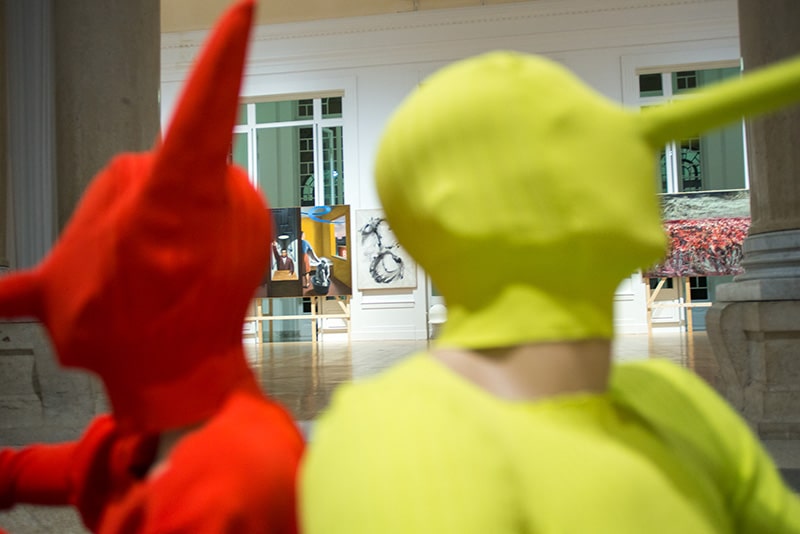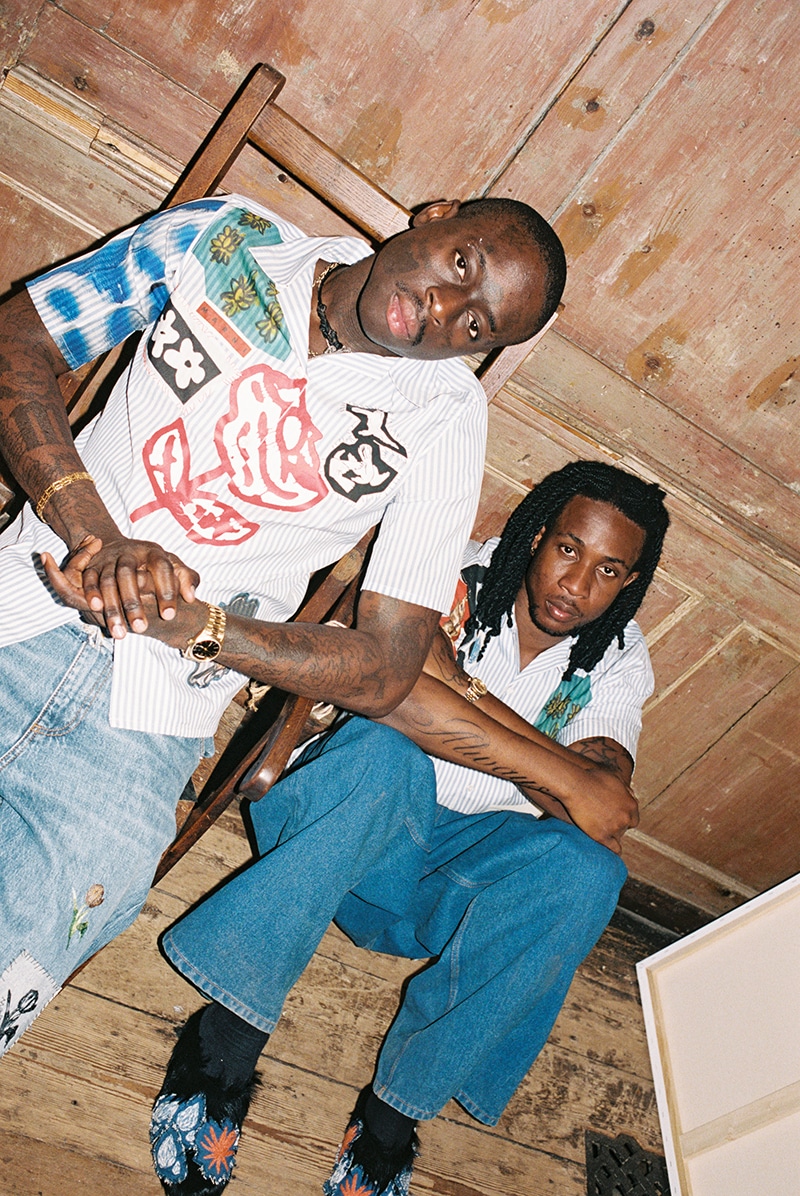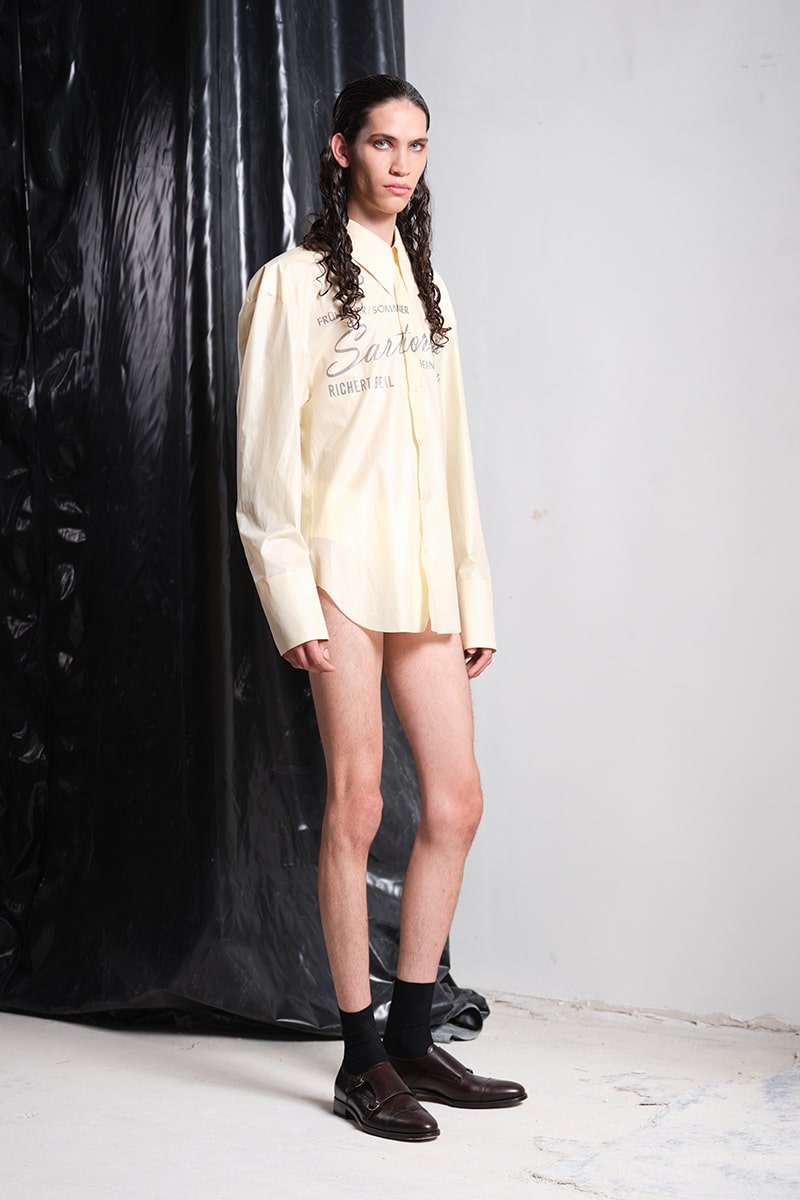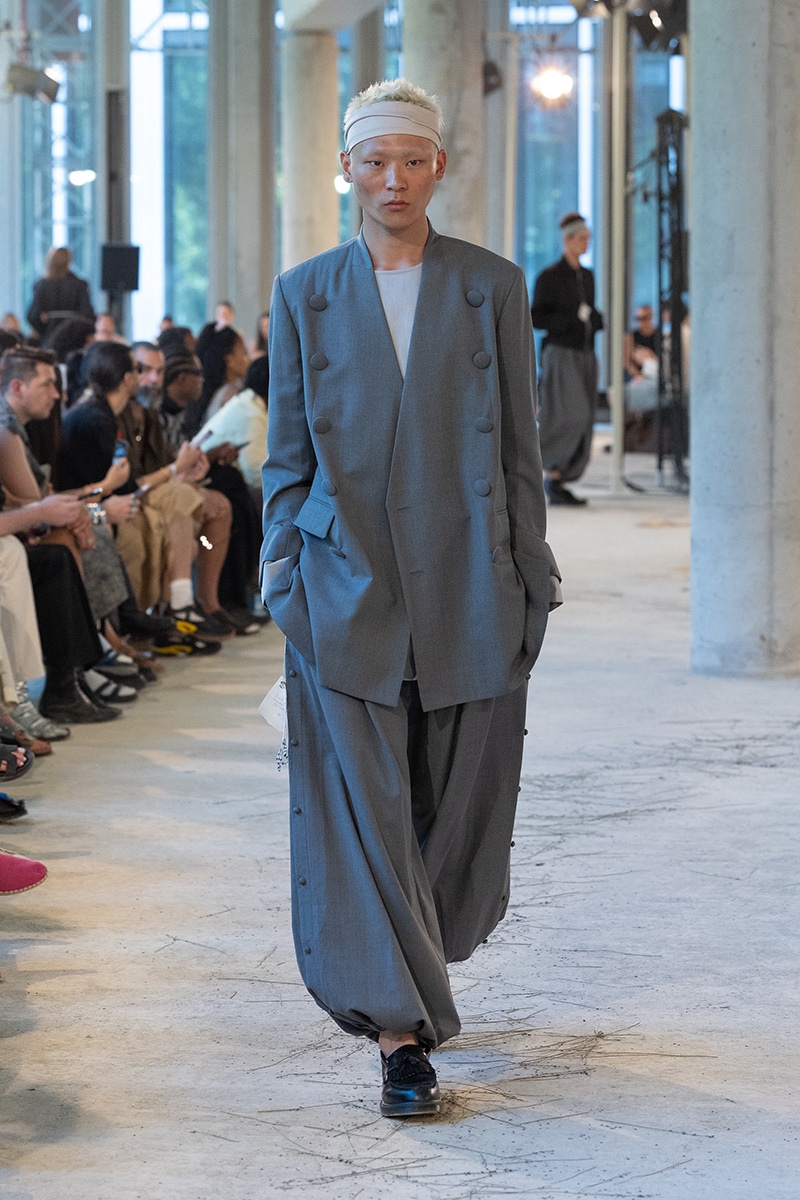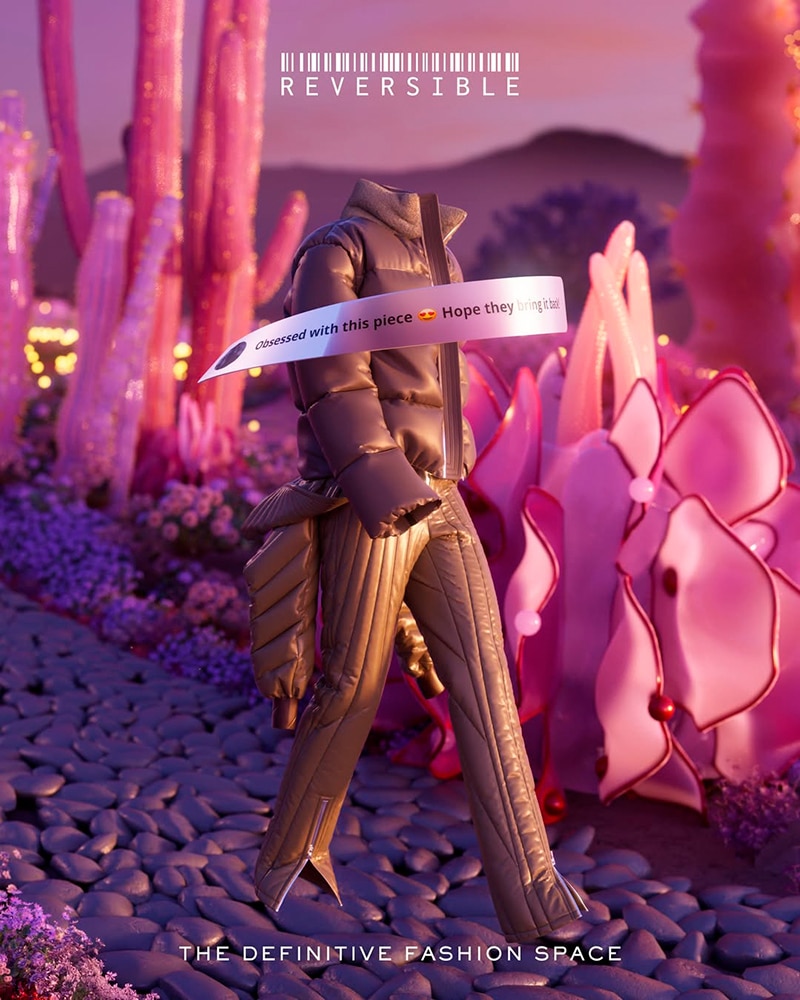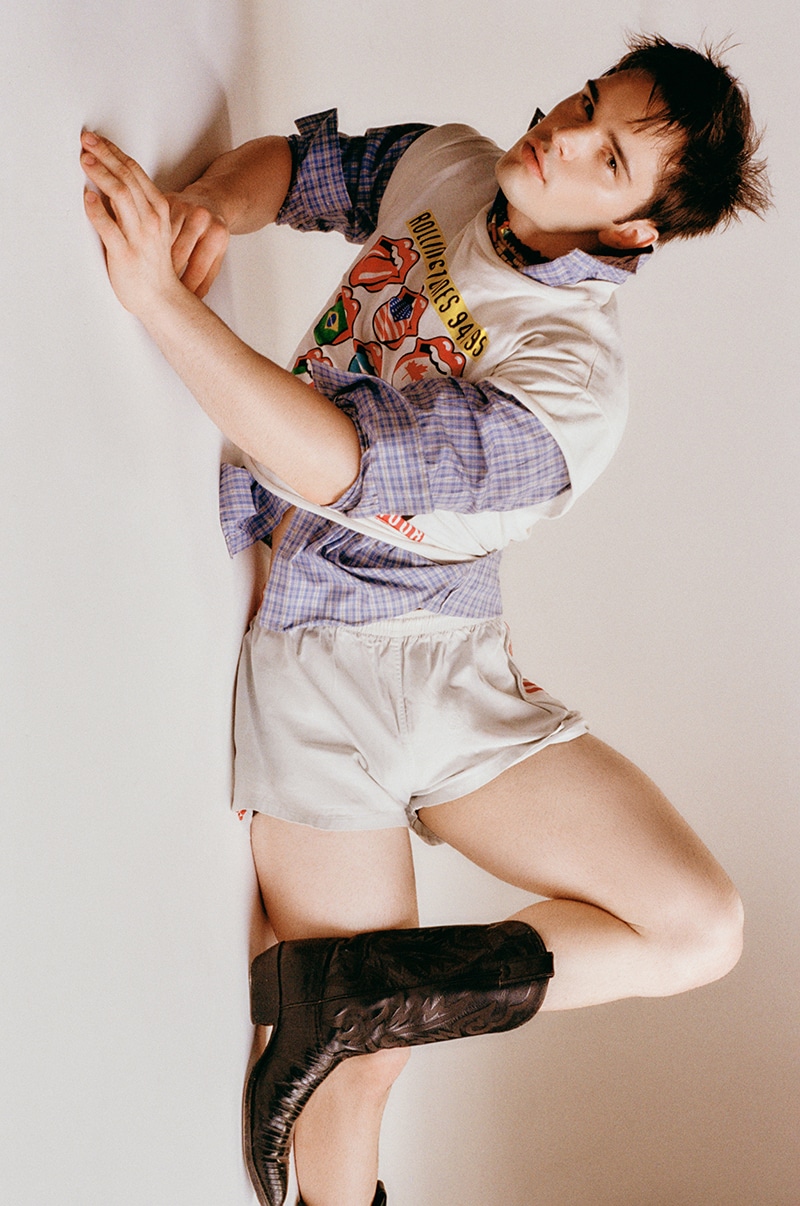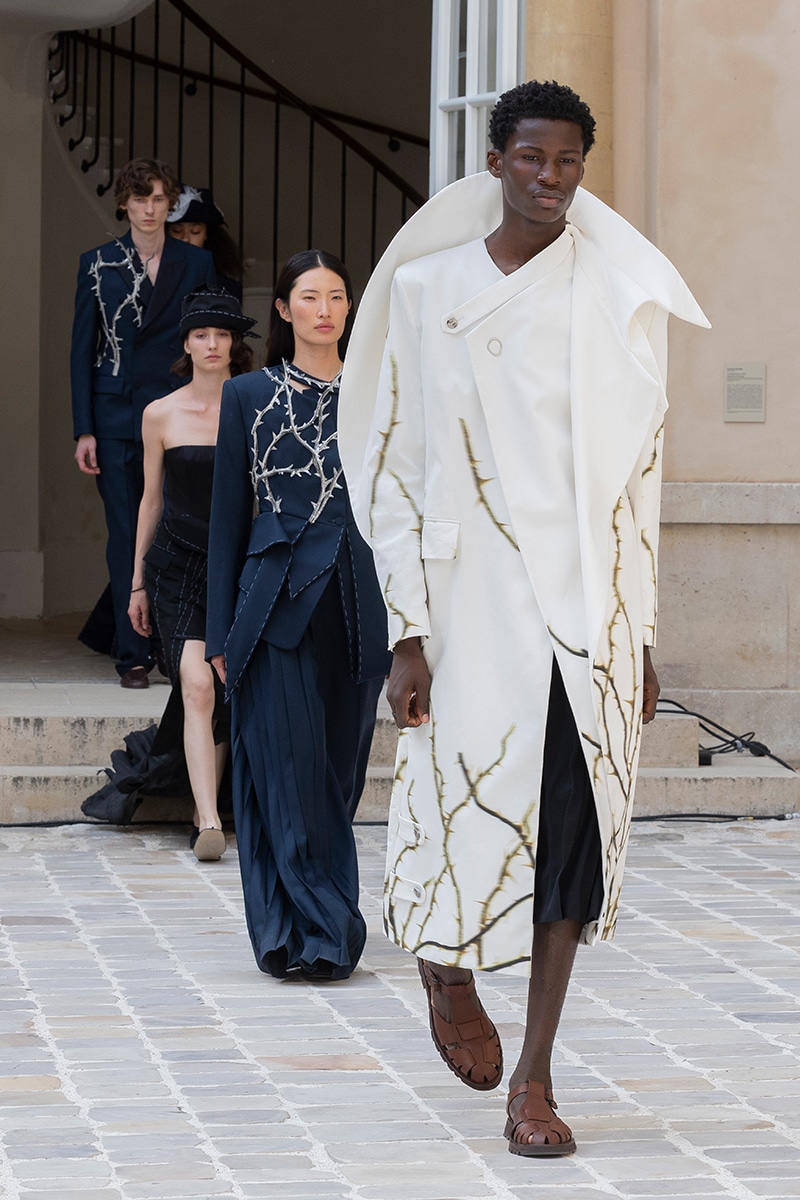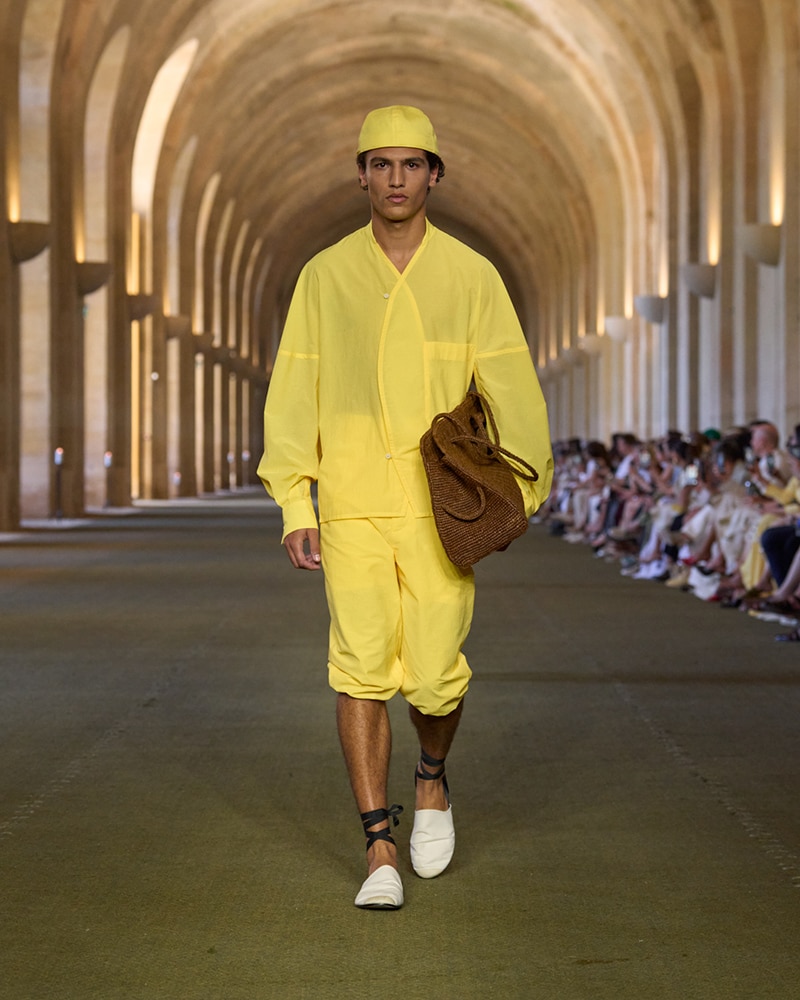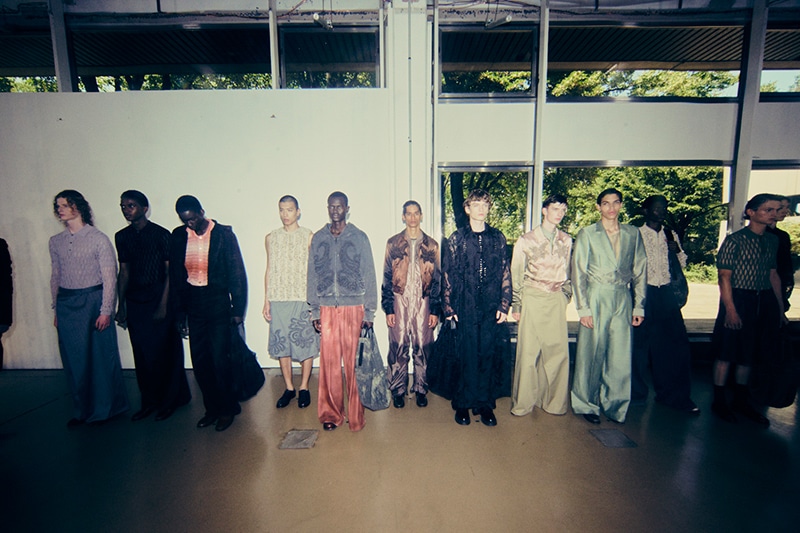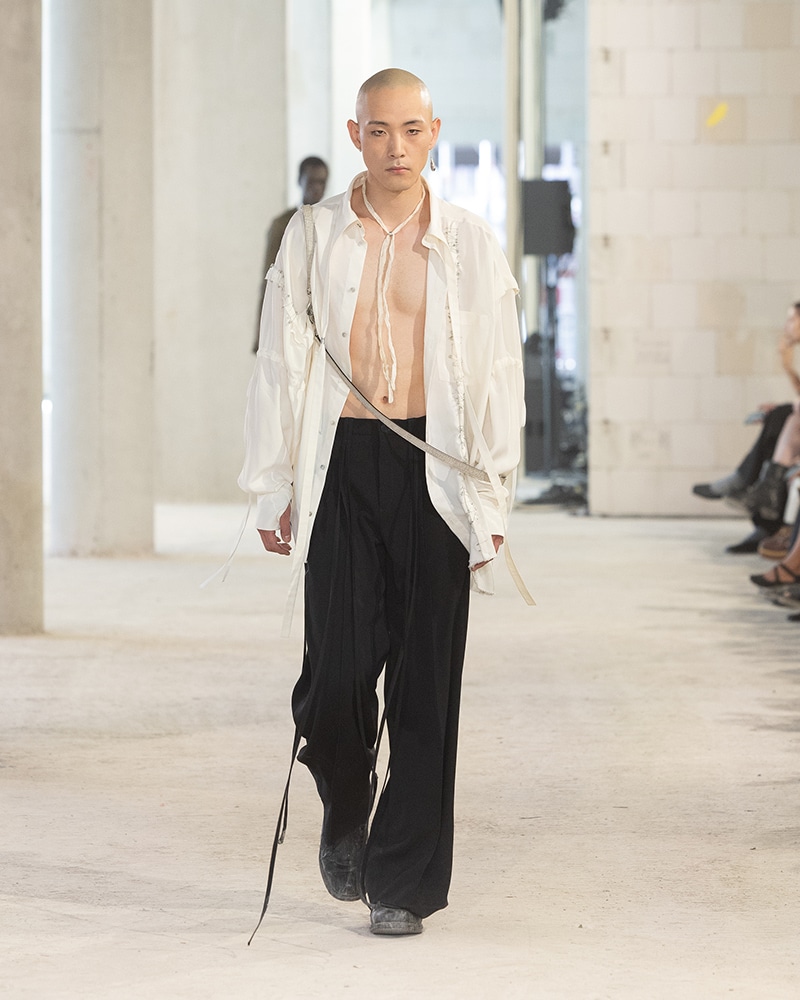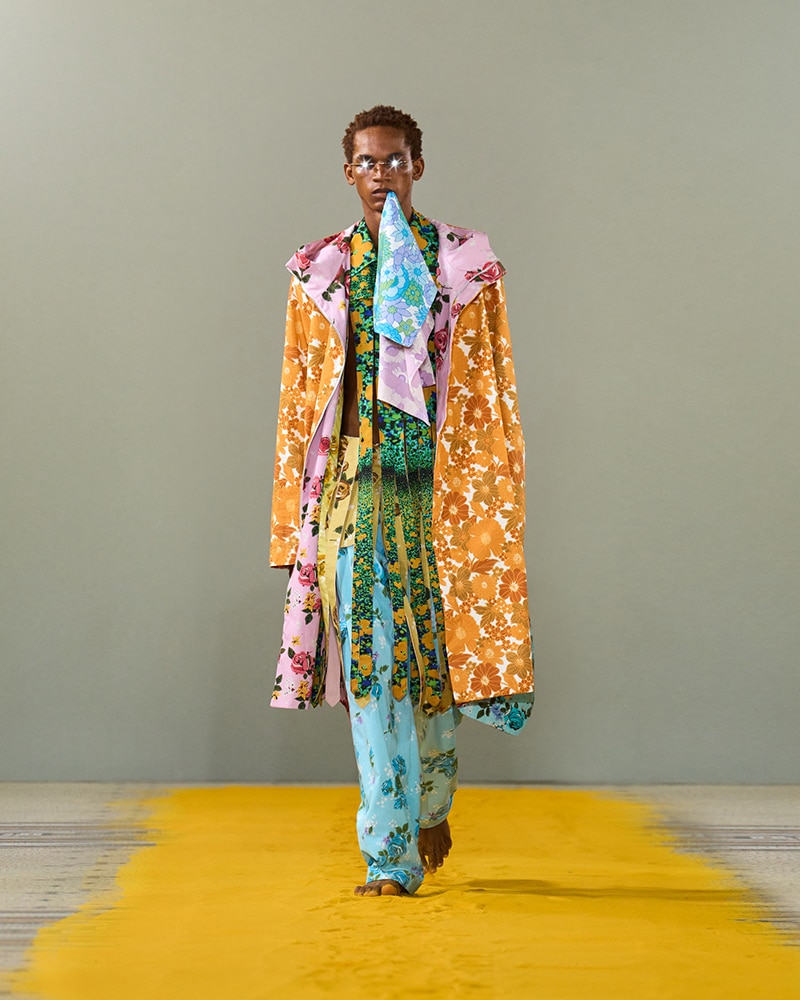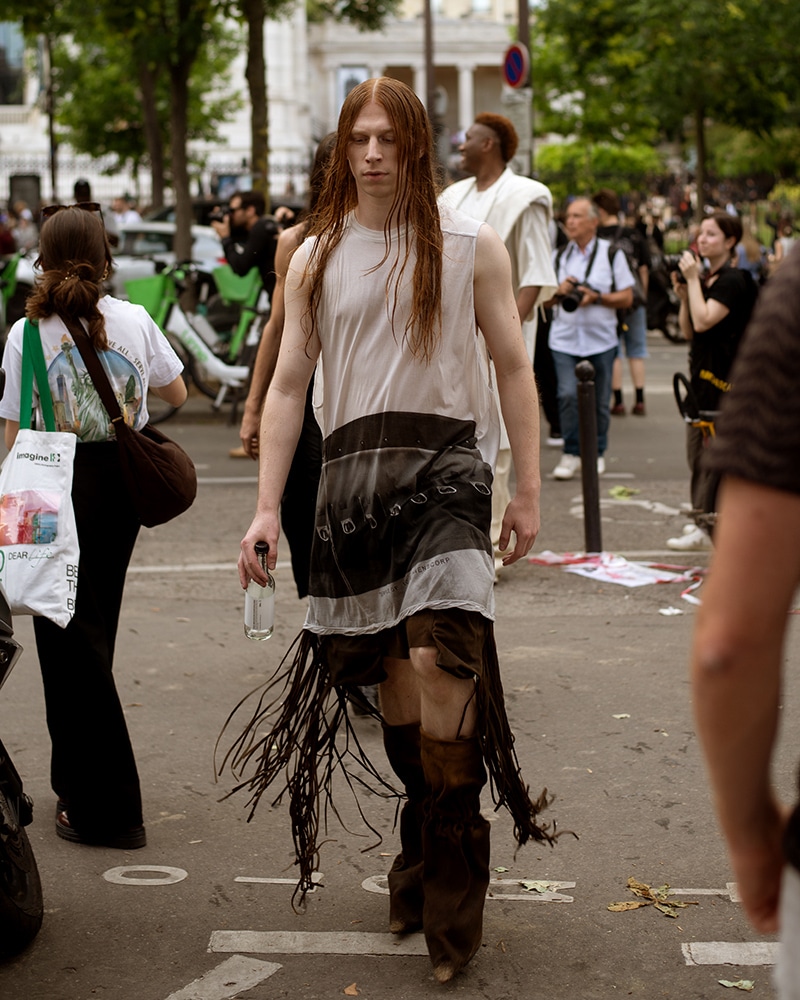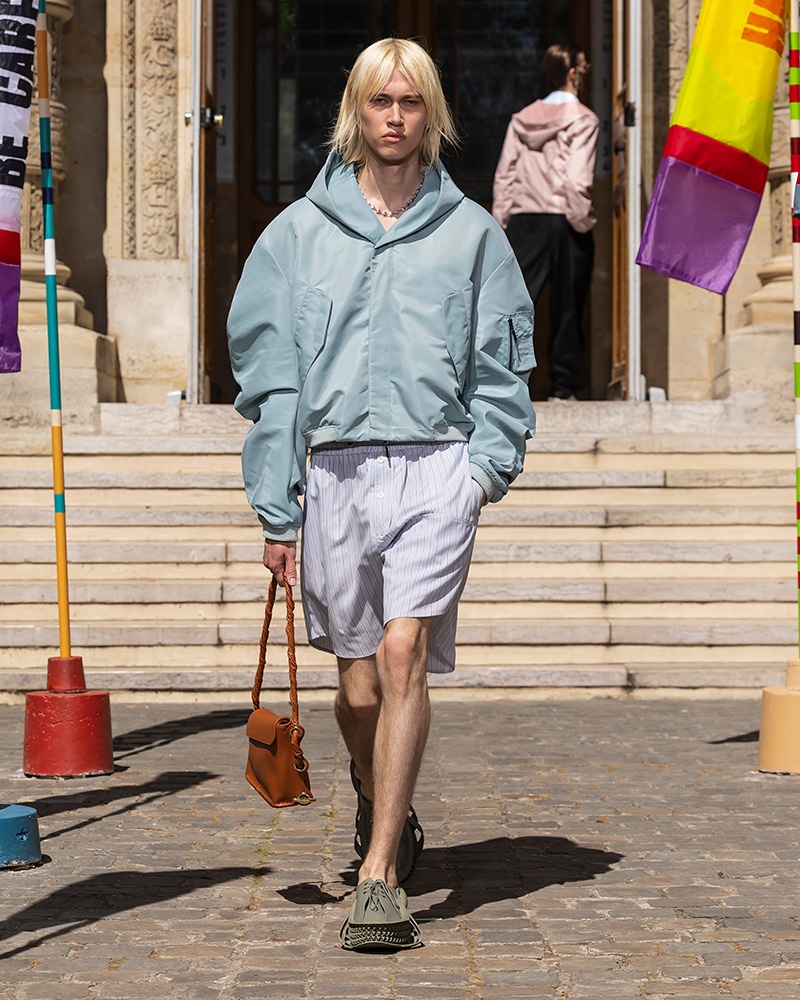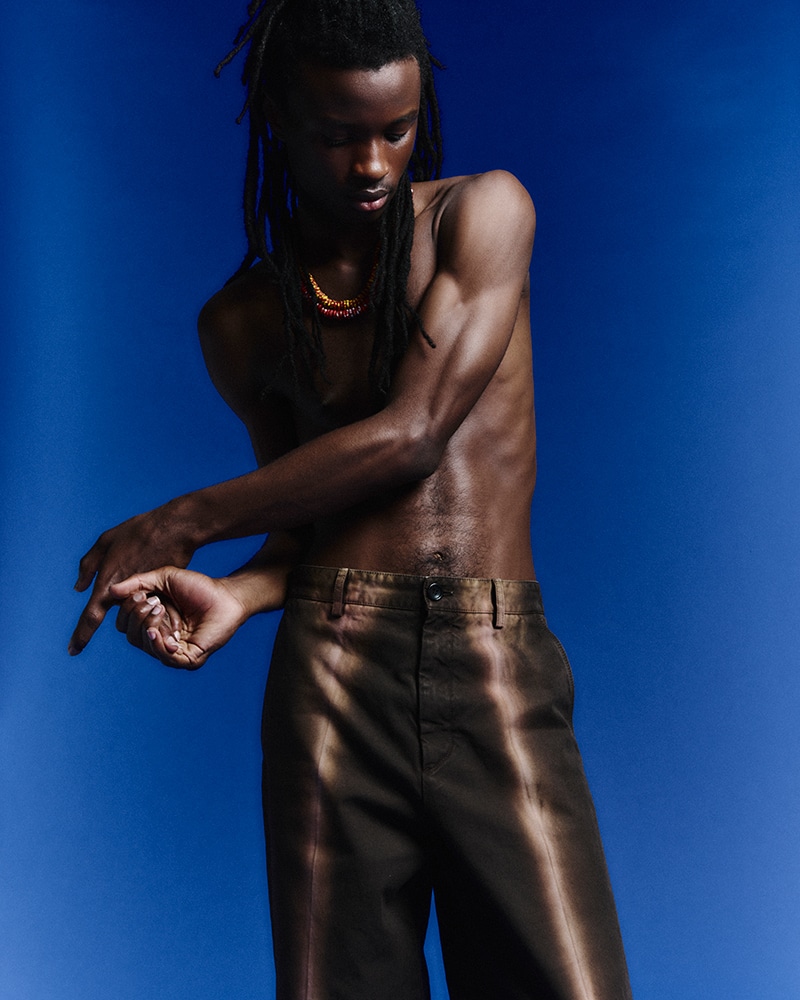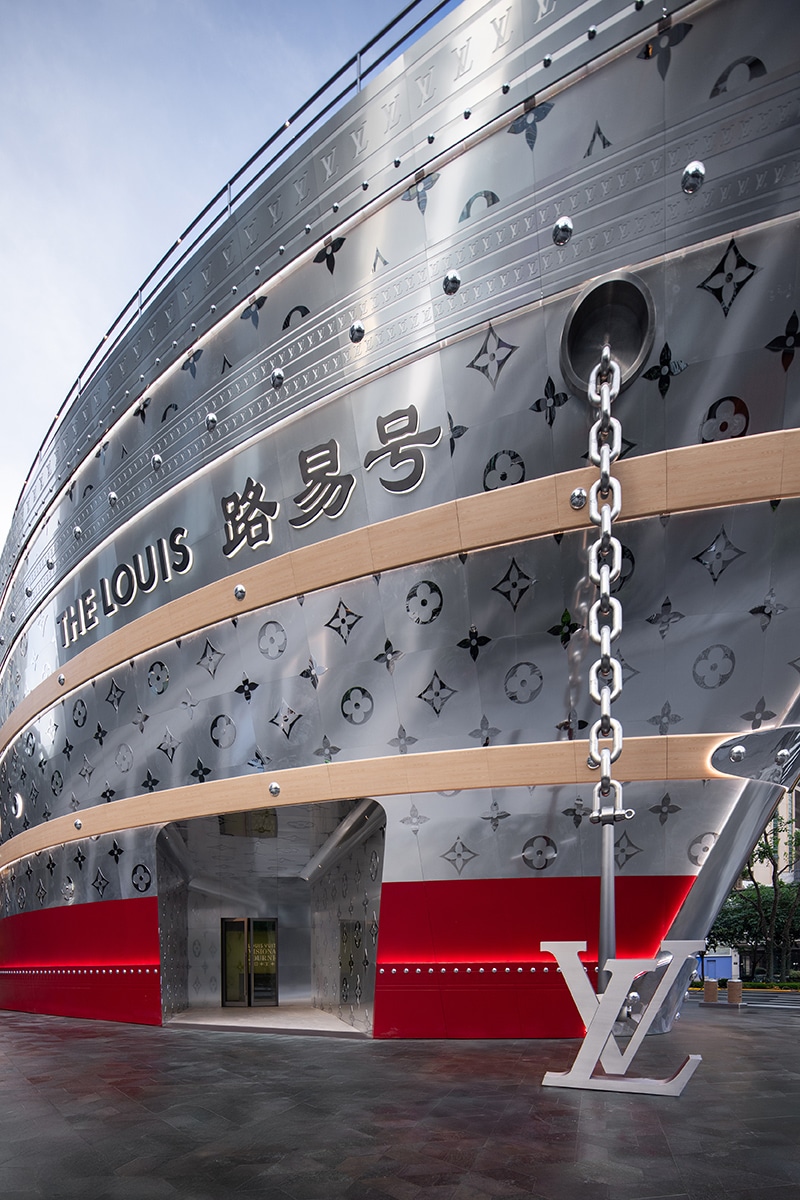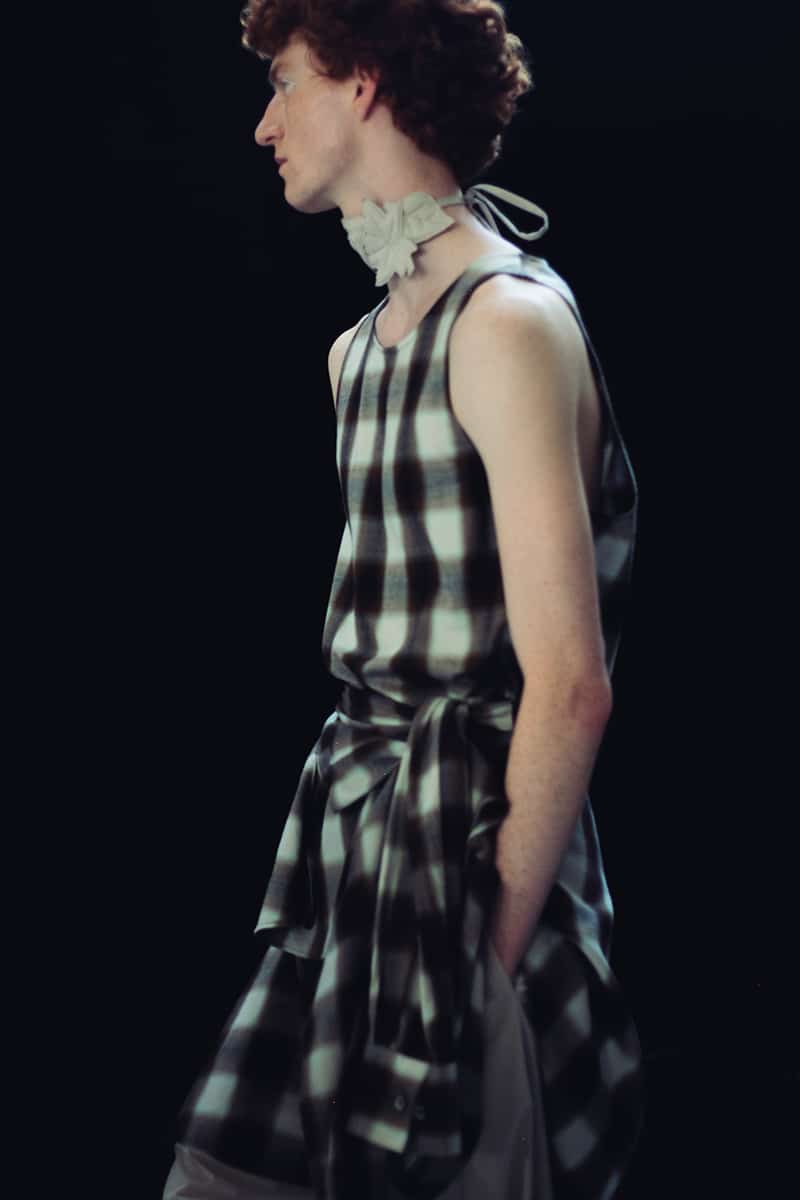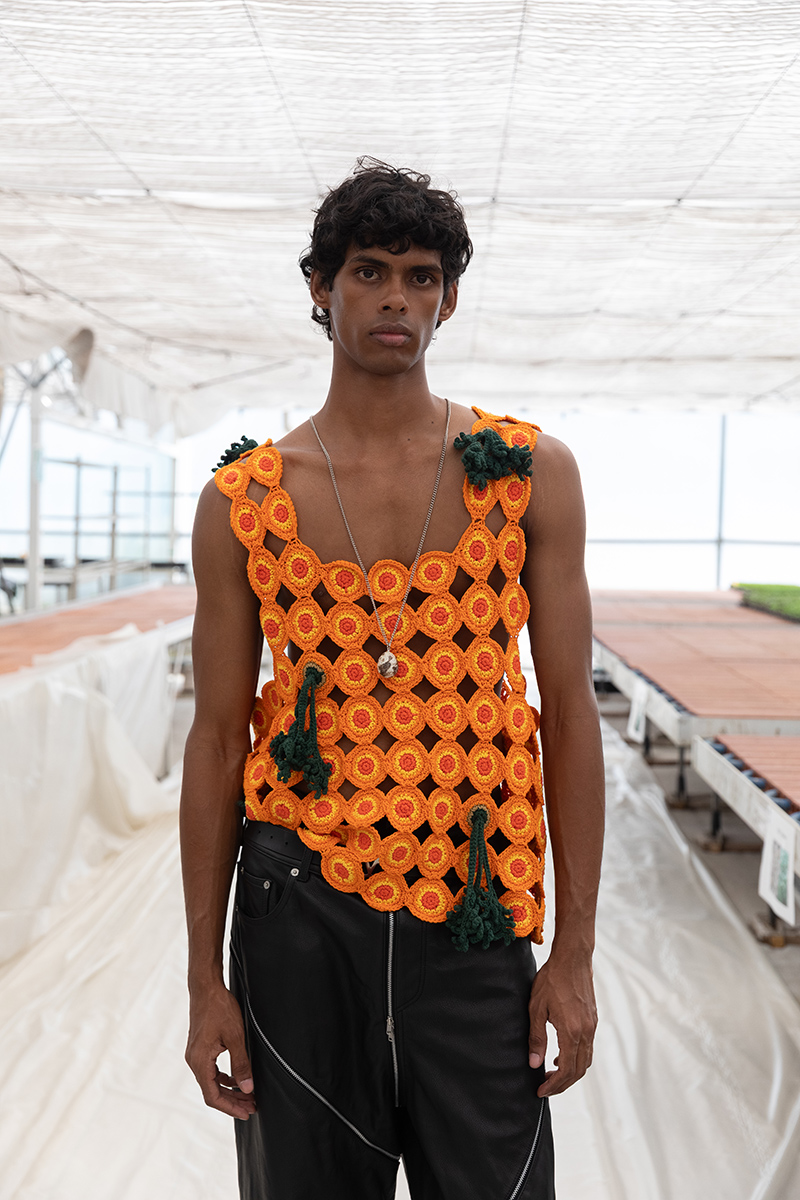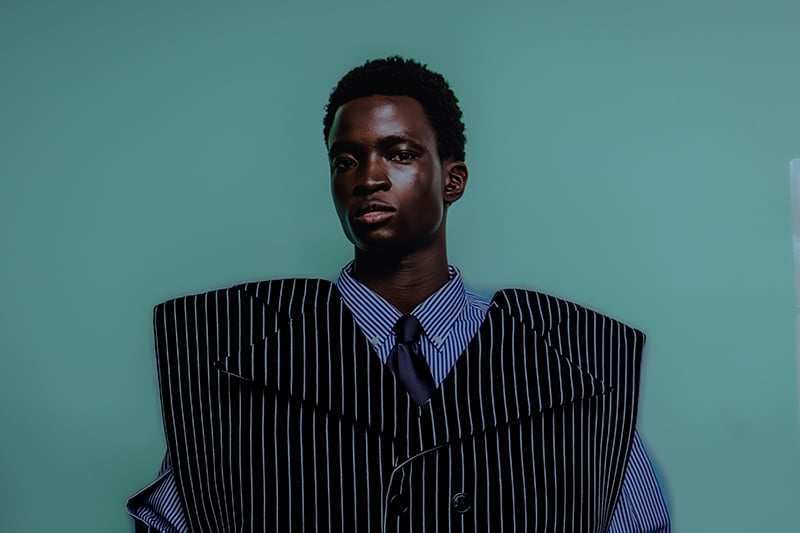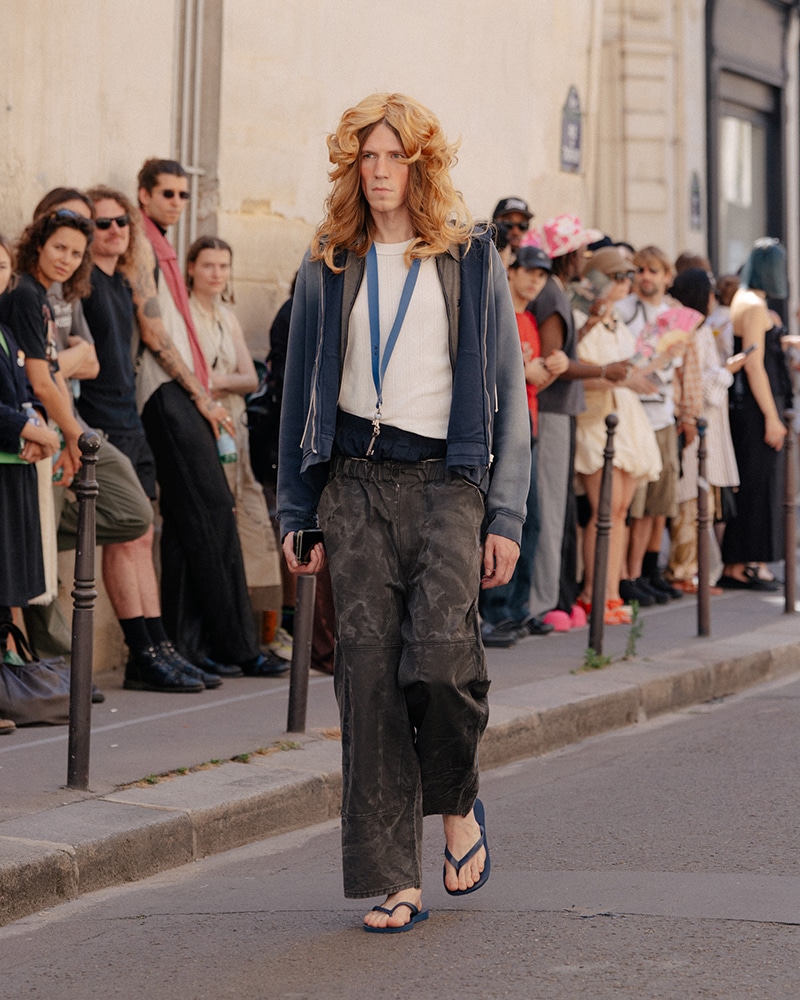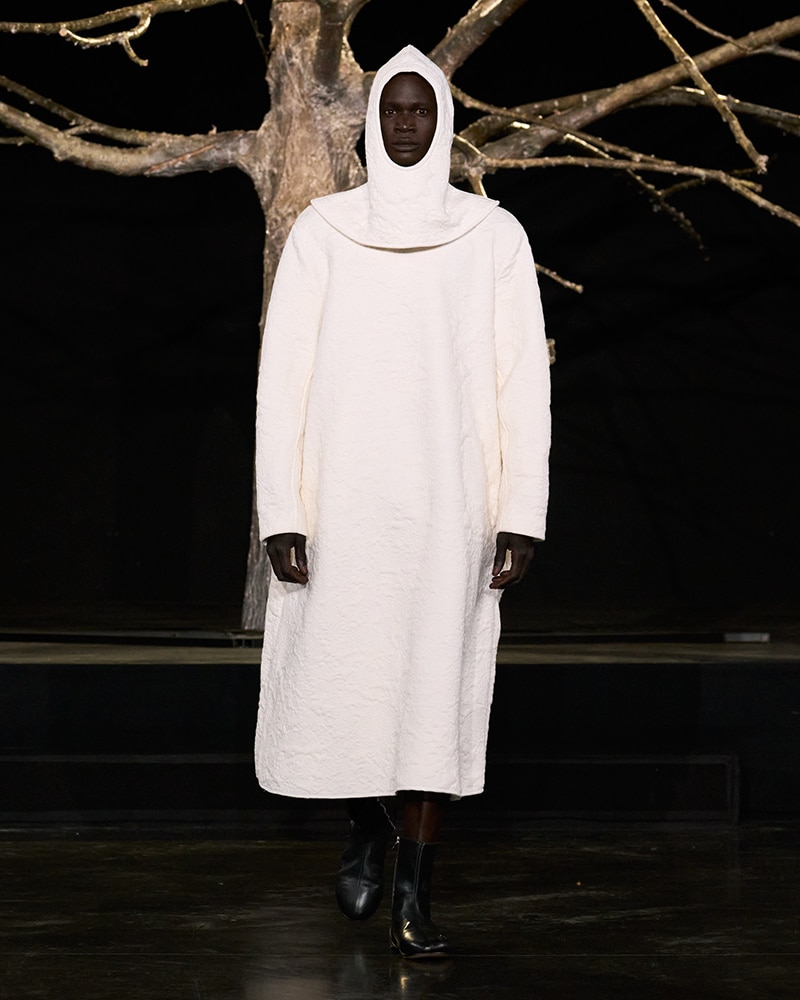“Soyez réalistes, demandez l’impossible”. (Be realistic, demand the impossible.) – Slogan, France 1968
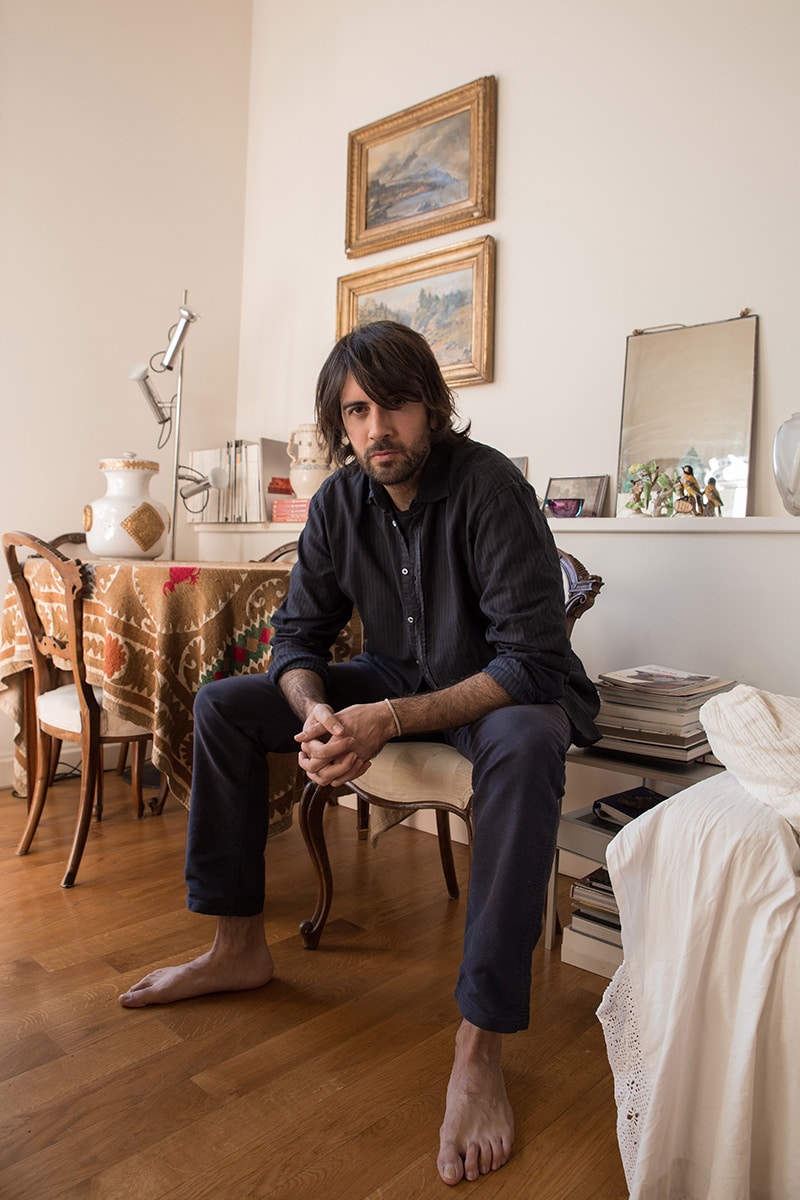
Alessio de’Navasques by Alejandro Otero Martin.
Fifty years have passed since the youth protests that inflamed the United States first and the heart of Europe then. It is an epochal passage, synonymous with freedom and desire to change.
A.I. Artisanal Intelligence celebrates the anniversary with an exhibition that aims at answering a simple question: “How have we become?”.
In collaboration with ALTAROMA and curated by Clara Tosi Pamphili and Alessio de’Navasques, A.I. Artisanal Intelligence is born to research and promote new craft and artistic expressions in a dialogue with the historical realities of the high Italian manufacturing.
The project AI50YEARSLATER presented last Thursday, January 27th at the Galleria Nazionale in Rome investigates fashion as a reading code for a generation that’s daughter or niece of the revolutionaries who has dismantled a system. It is a comparison between the images of the time and work of today.
In a set-up that favors the artistic curatorial aspect to the fashion one, they have exposed the works of young designers that for the occasion have become demonstrators. Contestants with precise themes that summarize the rebellious vanity and the contemporary juvenile condition, so different from the one of 50 years ago, when creativity was an instrument for a struggle. All of them are youths selected by fashion schools, all of them are not yet part of the production dynamics that could bind their creativity.
We met Alessio and this is what he told us.
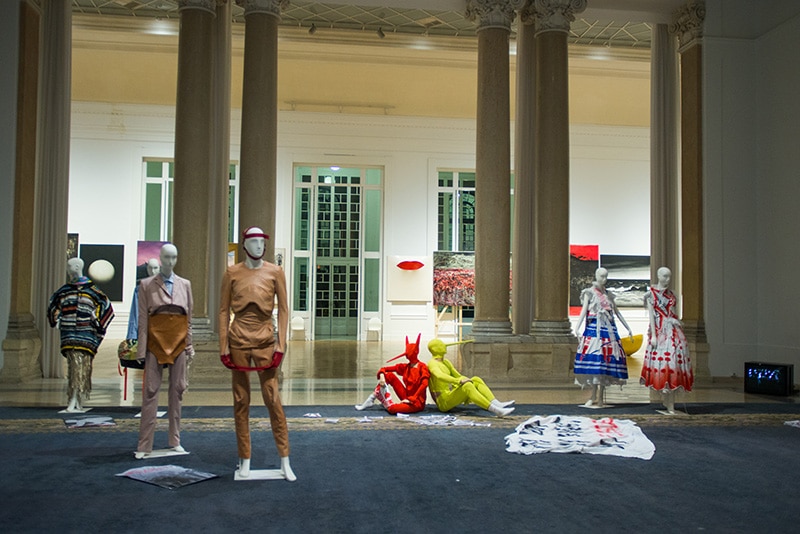
FUCKING YOUNG! – How and when was the idea of A.I. Artisanal Intelligence born?
Alessio de’Navasques – 7 years ago thanks to an intuition of mine and Clara Tosi Pamphili’s. Recently, the return to craftsmanship is very fashionable. Once, there was very little talk about it and it was still associated with a cheap idea of fashion, a sort of “street market”. The crisis involved a return to the manual dimension, which has become a freer and more artistic space where young designers can test. This is how a new generation of brands and designers has appeared that give more and more importance to this aspect, by simultaneously recovering techniques and processes that were beginning to disappear.
Hence the idea of a cross-platform called A.I. that could generate exhibitions and events to support a cultured way of making fashion. Ours is a format in which there isn’t only fashion, but the art of hand-made is also told through collaborations with the world of cinema and contemporary art. We do not talk about artisans, that we consider an outdated concept, but of craftsmanship, that is the practice, the approach in knowing how to do things that makes made in Italy famous throughout the world and that is in some way not replicable. It is difficult to explain because it is inherent to our DNA.
F.Y! – What is the link with ALTAROMA?
A.d.V. – The project was born within ALTAROMA, that continues to support it, but by vocation and identity, it has an independent nature, as if it is a niche festival of music or cinema. The project has always had a strong link with the city of Rome as a place that generates transversal creativity, but we have also created several projects and collaborations in Milan and Paris, with commercial realities such as fairs and showrooms.

F.Y! – A.I. 50YEARSLATER, from 1968 to today. This year the exhibition has been dedicated to the five decades that have passed since what is rightly considered the most revolutionary year of the twentieth century. How much and what has changed since then?
A.d.N. – It was interesting to understand what those years’ new generations of children and grandchildren know about that period, often very little, although in some ways our contemporary lifestyle depends so much on the changes that took place in those years. It was a golden age especially for the city of Rome, which played the role of cultural capital thanks to an incredible creative crowd involving cinema, art, literature, and philosophy. However, A.I.50YEARSLATER has intercepted a tendency to awaken consciences in the young creative talents’ desire to talk again about politics, sex, ecology, the issue of women, topics that were talked about then and still relevant today. This trend is also confirmed by men’s fashion, where a strong sense of Italian identity has flourished among young Italian brands in search for new forms of different beauties and kinds of Italian counter-culture.
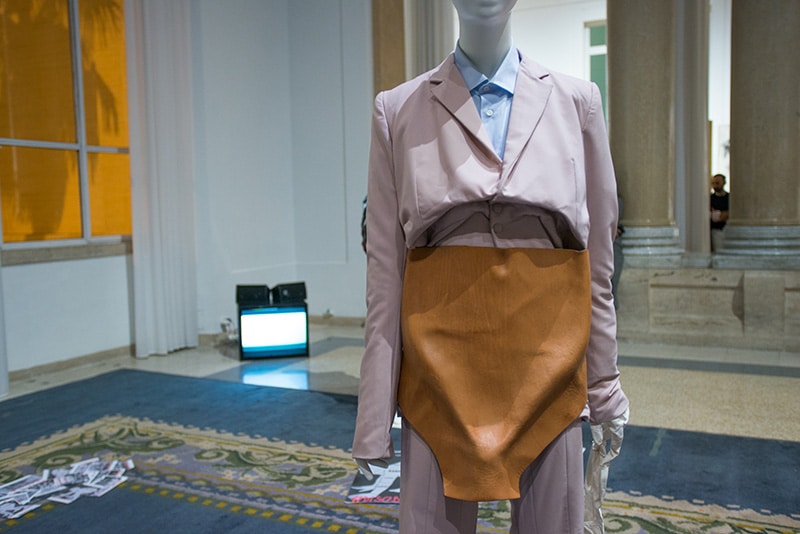
F.Y! – Numerous young designers have been exhibited who have stood out in recent years for their creativity and talent: Federico Cina, Nordio and the international guest Gabriele Skucas (just to name a few). You went around all the fashion schools trying to discover the talents of tomorrow, ideas and new trends in a direct confrontation with 1968 of course. How did the selection take place?
A.d.N – Looking for a lot, following the graduation shows in the different Italian schools. We had attended Fashion Graduate Italia but, above all, we look at everything that’s happening around.
F.Y! – Last but not least… How do you imagine your future in the next fifty years instead?
A.d.N. – I hope Italy will have a real research facility about the Made in Italy, where young designers are really supported and sustained in the managerial and commercial aspect too, as happens in countries like England.
